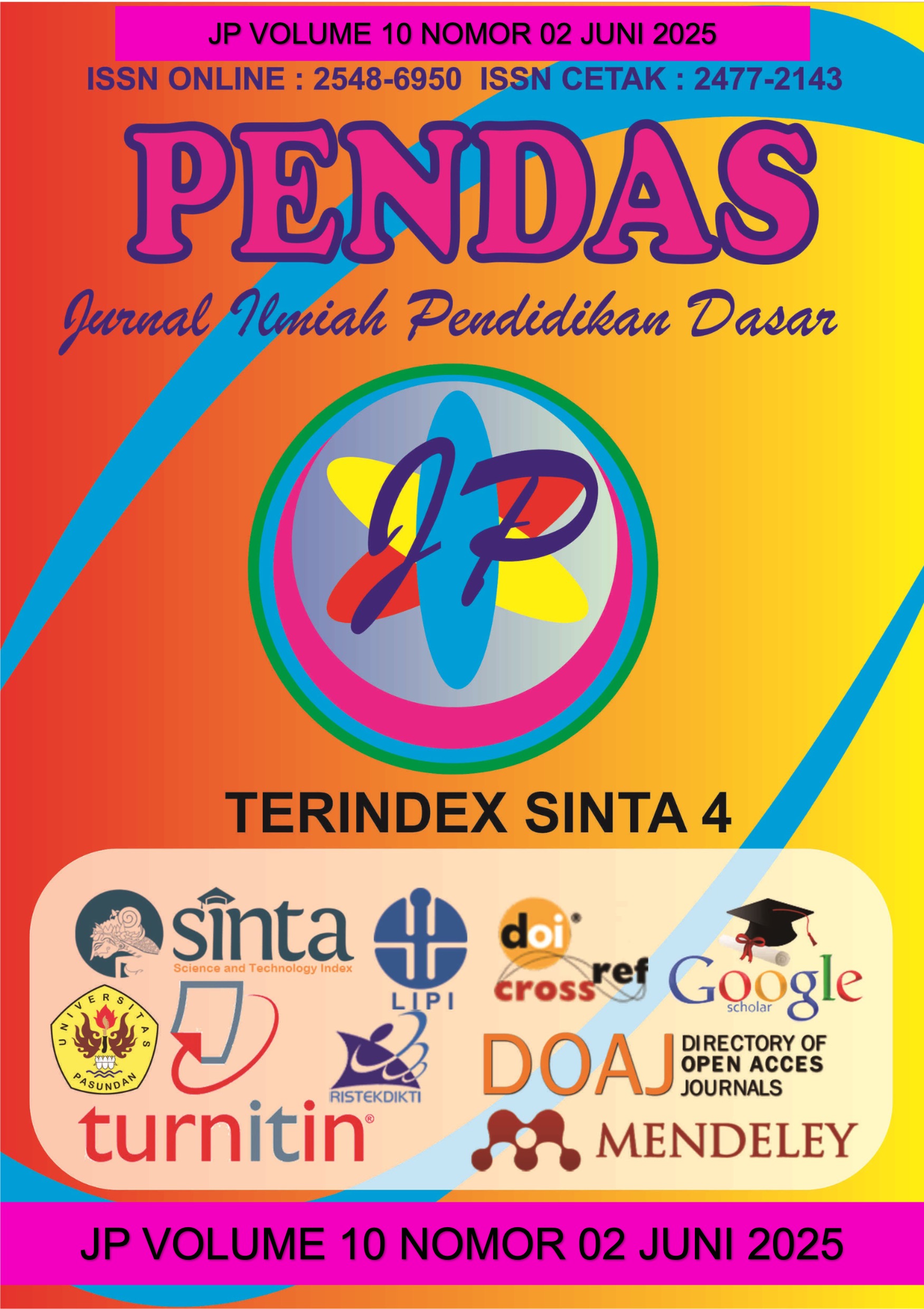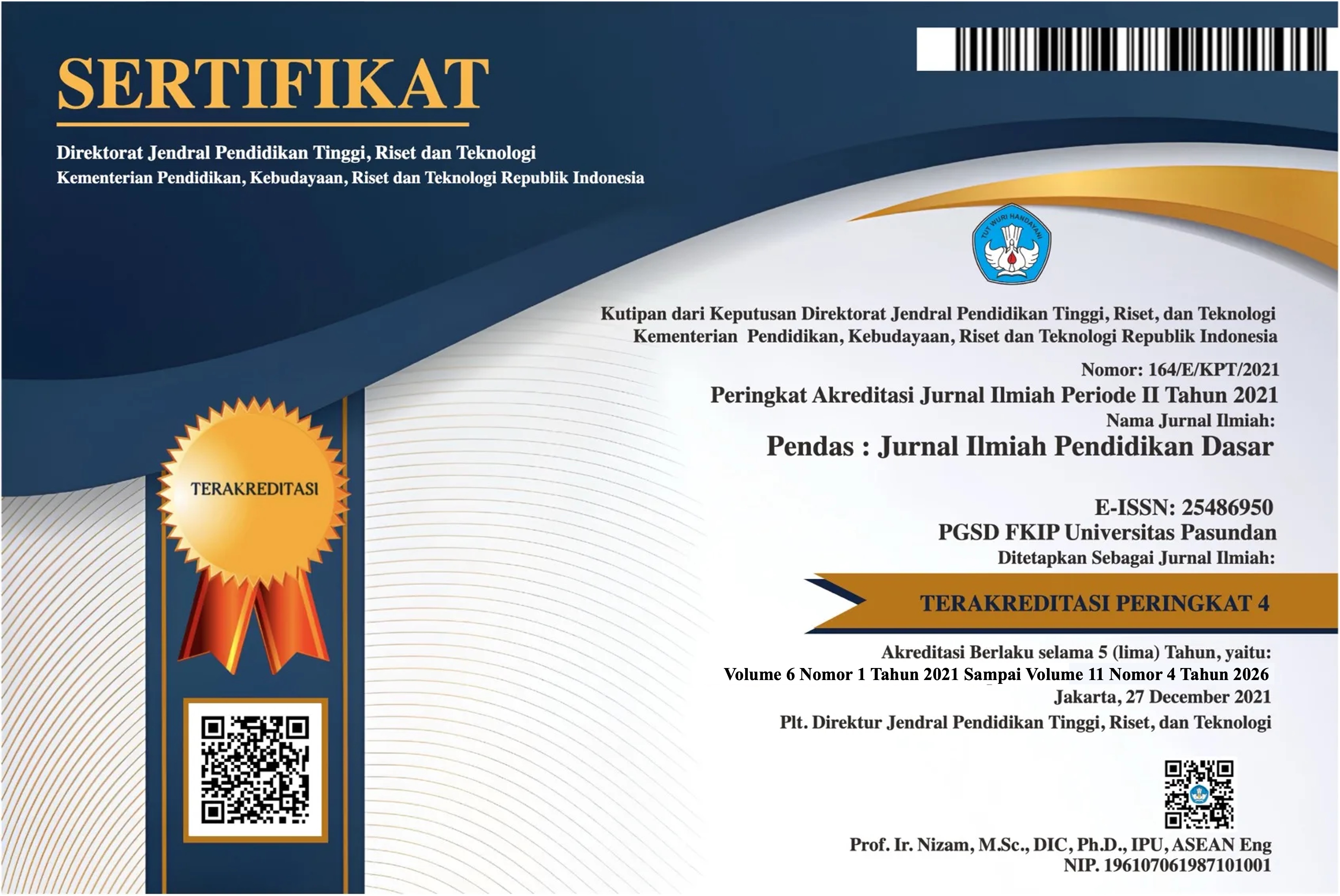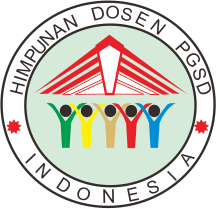PENGEMBANGAN MEDIA PAPAN SUSUN BLOCK PUZZLE PADA MATERI OPERASI HITUNG GUNA MEMFASILITASI KEMAMPUAN COMPUTATIONAL THINKING SISWA SEKOLAH DASAR
DOI:
https://doi.org/10.23969/jp.v10i02.24040Keywords:
Computational Thinking, Counting Operations, Arithmetic, Block PuzzleAbstract
Computational thinking is the ability of students to solve problems by breaking them down into several stages that are effective, efficient, and comprehensive. However, there are still many students in elementary school who still have difficulty in understanding computational thinking in solving problems, especially arithmetic. This research aims to develop computational thinking skills in mathematics lessons to support student learning in mathematics of computational operation materials. This research uses a research and development (R&D) approach with the ADDIE (Analysis, Development, Design, Implementation, Evaluation) design model. The development process is designed so that students can actively divide problems into simple ones, look for similarities between problems, see problems fundamentally, and develop solution steps in solving problems. In this study, a sample was used in grade 3 in one of the elementary schools in the city of Semarang which amounted to 22 students. Based on the results of the research, block puzzle stacking board media can be used by teachers as one of the learning media, especially in multiplication operation materials and can facilitate students' computational thinking skills.
Downloads
References
Arsyad, Azhar. 2013. Media Pembelajaran. Jakarta: Rajawali Pers
Astuti, A., Syahza, A., & Putra, Z. H. (2023). Penelitian Computational Thinking Dalam Pembelajaran Matematika. AKSIOMA: Jurnal Program Studi Pendidikan Matematika, 12(1), 363-384
Barcelos, T. S., Muñoz-Soto, R., Villarroel, R., Merino, E., & Silveira, I. F. (2018). Mathematics Learning through Computational Thinking Activities: A Systematic Literature Review. J. Univers. Comput. Sci., 24(7), 815-845.
Marieska, M. D., Rini, D. P.,Oktadini, N. R., Yustiani, N., & Yunita. (2019). osialisasi dan Pelatihan Computational Thinking untuk Guru TK, SD, dan SMP di Sekolah Alam Indonesia (SAI). Prosiding Annual Research Seminar 2019 : Computer Science and ICT, 7-10
Ramlah, R., Riana, N., & Abadi, A. P. (2022). Fun math learning for elementary school students through interactive puzzle media. SJME (Supremum Journal of Mathematics Education), 6(1), 25-34.
Sahara, E. Y., Vitoria, L., & Ahadin, A. Pengembangan Media Puzzle Bilangan untuk Pembelajaran Perkalian dan Pembagian di Sekolah Dasar. DWIJA CENDEKIA: Jurnal Riset Pedagogik, 7(1), 362-369.
Sugiyono. 2016. Metode Penelitian Kuantitatif, Kualitatif, dan R&D. Bandung: Alfabeta.
Surahman, E., Ulfa, S., Sulthoni, & Sumaji. (2020). Pelatihan Perancangan Pembelajaran untuk Guru Sekolah Dasar Berbasis Computational Thinking. Jurpikat (Jurnal Pengabdian Kepada Masyarakat), 1(2), 60-74
Untoro. 2009. Buku Pintar Matematika SD. Jakarta: Wahyu Media
Wing, M. J. (2006). Computational Thinking. Communications of the ACM, 49(3), 33–34.
Downloads
Published
Issue
Section
License
Copyright (c) 2025 Pendas : Jurnal Ilmiah Pendidikan Dasar

This work is licensed under a Creative Commons Attribution 4.0 International License.



















